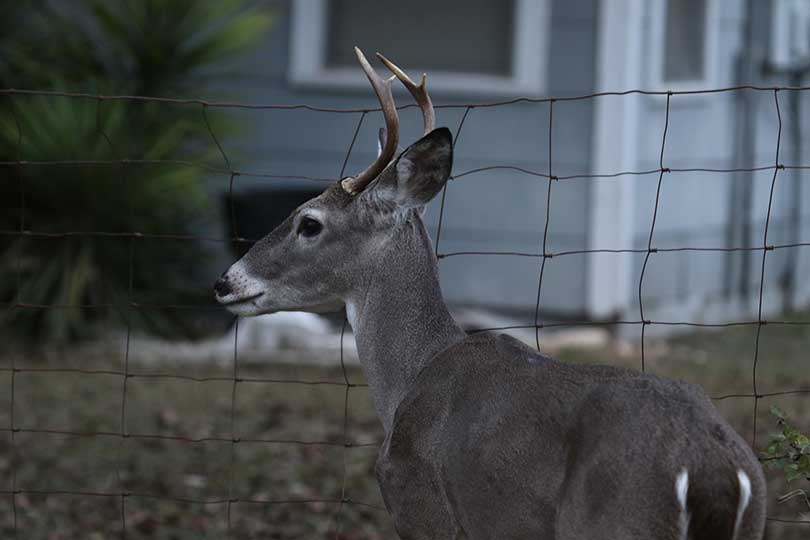White-tailed deer and other wildlife can take a serious bite out of landscapes and gardens when given the opportunity.
What can be done to limit the damage?
Veteran horticulturalist John Begnaud of San Angelo told the Texas Farm Bureau Radio Network that homeowners should consider plant selection their first defense strategy.
“Every part of Texas is a little bit different, and there are plant lists available, usually county by county, through your county Extension office. But there are also some great websites, such as Aggie Horticulture, that list deer-tolerant plants or wildlife-tolerant plants,” Begnaud said. “We really don’t use the word ‘resistant’ anymore to describe plants. When things are very tough like 2011, they practically eat concrete. So you can start with this list and tweak it a little bit.”
He said there are some general rules about plants and wildlife.
“Usually, if you crush a plant and it stinks, and rosemary is a great example, then it’s usually not a forage choice or food choice of most wildlife,” Begnaud said.
Begnaud said using a barrier or barricade to limit wildlife access to a landscape or garden is a second strategy worth considering. Anything that can be done to keep wildlife from reaching plants and desired areas is a plus.
He said while white-tailed deer are the most notorious eaters of plants around homes, rabbits can also be a big problem, especially in vegetable gardens.


I love the link to Aggie Horticulture. Great Information about the Peggy Martin Rose.